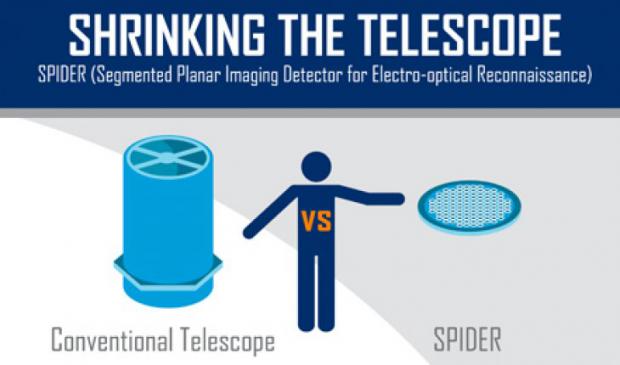
Breaking News
6.5x55 Swedish vs. 6.5 Creedmoor: The New 6.5mm Hotness
Best 7mm PRC Ammo: Hunting and Long-Distance Target Shooting
 Christmas Truce of 1914, World War I - For Sharing, For Peace
Christmas Truce of 1914, World War I - For Sharing, For Peace
Top Tech News
 EngineAI T800: Born to Disrupt! #EngineAI #robotics #newtechnology #newproduct
EngineAI T800: Born to Disrupt! #EngineAI #robotics #newtechnology #newproduct
 This Silicon Anode Breakthrough Could Mark A Turning Point For EV Batteries [Update]
This Silicon Anode Breakthrough Could Mark A Turning Point For EV Batteries [Update]
 Travel gadget promises to dry and iron your clothes – totally hands-free
Travel gadget promises to dry and iron your clothes – totally hands-free
 Perfect Aircrete, Kitchen Ingredients.
Perfect Aircrete, Kitchen Ingredients.
 Futuristic pixel-raising display lets you feel what's onscreen
Futuristic pixel-raising display lets you feel what's onscreen
 Cutting-Edge Facility Generates Pure Water and Hydrogen Fuel from Seawater for Mere Pennies
Cutting-Edge Facility Generates Pure Water and Hydrogen Fuel from Seawater for Mere Pennies
 This tiny dev board is packed with features for ambitious makers
This tiny dev board is packed with features for ambitious makers
 Scientists Discover Gel to Regrow Tooth Enamel
Scientists Discover Gel to Regrow Tooth Enamel
 Vitamin C and Dandelion Root Killing Cancer Cells -- as Former CDC Director Calls for COVID-19...
Vitamin C and Dandelion Root Killing Cancer Cells -- as Former CDC Director Calls for COVID-19...
 Galactic Brain: US firm plans space-based data centers, power grid to challenge China
Galactic Brain: US firm plans space-based data centers, power grid to challenge China
More telescope for drones and satellites with weight reduction of ten to 100 times

Weighing 90 percent less than a typical telescope, the Segmented Planar Imaging Detector for Electro-Optical Reconnaissance (SPIDER) opens a path for extremely lightweight optical instruments, allowing for more hosted payloads or smaller spacecraft. More broadly, the sensor technology has applications for aircraft and other vehicles—anywhere that depends on small optical sensors. The future could see UAVs with imagers laid flat underneath their wings, and cars could have imaging sensors that are flush against their grills.
SPIDER's photonic integrated circuits do not require complex, precision alignment of large lenses and mirrors. That means less risk on orbit. And its many eyes can be rearranged into various configurations, which could offer flexible placement options on its host. Telescopes have always been cylindrical, but SPIDER could begin a new era of different thin-disk shapes staring in the sky, from squares to hexagons and even conformal concepts.

 The State's Last Stand
The State's Last Stand


